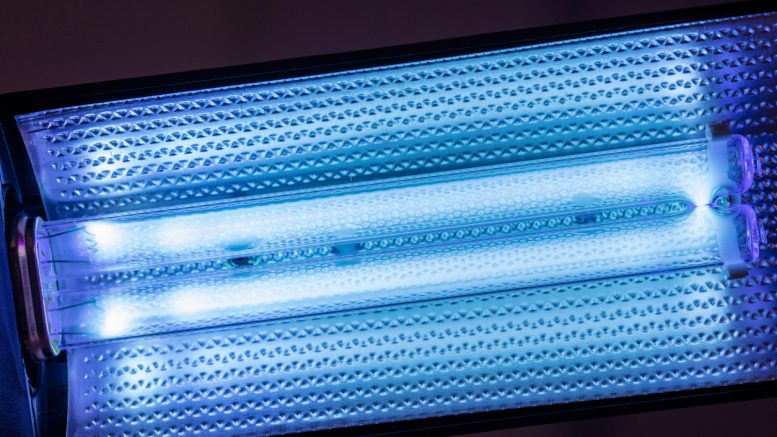With the recent coronavirus pandemic, more and more people are interested in UVC air purification for a healthier living or working environment. For many years, UV light has been harnessed for disinfection of surfaces, water and the air. So, it is no wonder that these purifiers are currently in demand. Switchlighting.ca provides some insight into this technology below. Through this information, you can decide whether a UVC air purifier is right for you.
What is UVC air purification?
UVC air purifiers use short-wave ultraviolet light (UVC light) to render airborne microorganisms and pathogens ineffective. They work to inactivate bacteria, viruses and mold. With the difference of using UVC light, these devices work with the same objective of any air purifier, to improve indoor air quality and reduce pollutants. You can find these purifiers through dealers of commercial LED lighting and industrial LED lighting. For home use, they are available through retailers as standalone units or systems integrated into HVAC units.
The most effective UVC air purifiers are those included as part of HEPA air filtration systems. These units work better than standalone devices because the standalone UVC air purifier cannot remove or entrap the particles.
How UVC Light Cleans Your Air
The key disinfectant in a UVC air purifier is the UVC light, itself. This type of light contains far more energy than visible light. It actually changes the molecules which absorb the light. DNA is especially sensitive to such changes. The UVC light in your HVAC unit integrated air purifier penetrates microorganisms around the UV lamp, destroying their DNA. As a result, the microorganisms die.
This light system is similar to the sunburn a person suffers after a long day at the beach. Without protection, humans experience radiation burns from the sun after overexposure. This is followed by the redness of the body’s inflammatory response, a sign of actual DNA damage in the skin.
For the single-celled bacteria and other microorganisms in your home, DNA damage triggers self-destruction. This renders the bacteria or other invading substance harmless.
UVC lamps in germicidal purifiers make no noise. Most provide a glow that is not visible to the human eye. These processes are also odorless. The UV bulbs typically require replacement annually, according to the individual model. As previously mentioned, you can find these replacement bulbs where you buy commercial LED lighting and industrial LED lighting.
Do UVC air purifiers work?
UVC air purifiers can work to deactivate bacteria, when the proper type is used. It is best to use a professionally installed one that works as part of your HVAC system. A portable unit will likely just reduce dust mites and mold allergens. But if these mites and allergens are your primary concern, a standalone unit can do the job.
Otherwise, UVC light effectiveness depends on multiple factors. These include:
- The pollutants contacting the UV light
- Whether the cooling airflow inhibits the light
- The bulb material emitting the light
- The required high dosage of light
- Exposure time between the pollutant and the light
Remember, UV light is not all the same. The different categories of ultraviolet light include UVA, UVB and UVC. Each type of UV light provides effects at different wavelengths. UVC emits wavelengths at the shortest distance of 100-280 nanometers, giving this type of light actual germicidal properties. If you purchase an air purifier using a different type of UV light, such as UVA, you will not receive the benefits of a UVC air purifier, particularly when it comes to viruses and bacteria.



Be the first to comment on "How Does UVC Air Purification Work?"